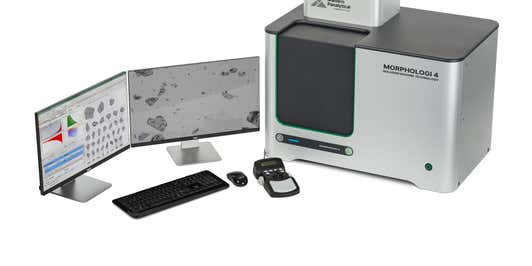According to estimates, 90% of all commercially produced chemical products involve catalysts at some stage in their manufacture. The demand for catalysts is estimated to be about $30billion, and is expected to grow over the next decade as demand for chemicals, polymers, and petrochemicals increases, coupled with the growing need to reduce process costs, energy use, and emissions.
However, it is not only chemical production that will drive the need for better catalysts. Environmental demands are also driving the need for not only cleaner energy but also the utilization of waste materials such as polymers and CO2, which in turn will require the development of new processes and catalytic materials. Examples include:
- Low-cost, high-volume hydrogen production for use in fuel cells and combustion engines
- Converting municipal waste and plastics into biofuels and chemical feedstocks
- Utilizing CO2 in the production of novel chemicals and polymers
These requirements are on top of existing requirements such as the optimization and production of catalytic converters for the automotive sector and more efficient fluid catalytic cracking (FCC) catalysts for the petrochemical industry.
Why is catalyst characterization important?
Characterization is critical for both the design and development of novel catalysts but also for process development and optimization, including scale-up and troubleshooting. Most heterogeneous catalysts for example consist of a catalytically active metal or metal oxide located on the surface of a metal oxide support and so it is important to optimize the structure and surface chemistry to provide the appropriate selectivity and reactivity for the process of interest. Other characteristics such as particle size, porosity, and surface area are also important for optimizing diffusion and adsorption for example.
How can Malvern Panalytical’s solutions help?
Malvern Panalytical have a range of complementary solutions for the physical, structural, and elemental analysis of catalyst materials including particle size, particle shape, Zeta potential, elemental composition, and crystal structure:
X-ray fluorescence
X-ray fluorescence (XRF) is widely used for analyzing the elemental composition of a range of catalysts due to its high precision and reproducibility. Examples include Pt, Pd, and Rh in catalytic converters; Al, Ni, V, Ti, Fe, and S in FCC catalytic processes; and Si/Al ratios in zeolites. XRF can also be used to detect the presence and concentration of catalyst poisons that cause chemical deactivation, including Cl, S, Sn and Pb. XRF analysis can save a lot of time and money compared with alternative techniques, and Malvern Panalytical provides three main solutions: EDXRF benchtop systems such as Epsilon 4, floor-standing WDXRF systems such as Zetium, and on-line solutions such as Epsilon XFlow. Malvern Panalytical also provides several sample preparation solutions for XRF, ICP, and AA through its Claisse portfolio.
X-ray diffraction
X-ray diffraction (XRD)
is a fundamental tool for the design, development and production of catalysts since it can provide information on the bulk structure and composition of solid catalysts materials such as metal oxides and Zeolites. XRD systems are routinely used for monitoring the production of FCC catalysts, in particular analysing unit cell size and crystallinity. XRD can also be used to determine crystallize size either by analysing peak widths from a typical diffraction measurement or by using Small Angle X-ray Scattering (SAXS). Non-crystalline materials can also be studied using Pair Distribution Analysis (PDF). Malvern Panalytical provide two main XRD solutions,
Aeris
compact XRD diffractometer for routine analysis and
Empyrean
multi-purpose diffractometer for more detailed structural analysis.
Laser diffraction
Laser diffraction is a widely used particle sizing technique for materials ranging in size between hundreds of nanometers and several millimeters, and can be applied to wet or dry dispersions in the laboratory or on a process line. For catalyst applications, the particle size data generated using laser diffraction can be used to calculate a specific surface area (SSA) by converting the reported volume distribution into a surface area distribution. Pressure titrations can also help to understand the risk of attrition, an important factor for predicting the life of catalysts in fluidized bed reactors. Malvern Panalytical’s Mastersizer is the most widely used particle sizing tool for catalyst analysis in a laboratory setting, while Insitec can be used for on-line analysis in a production environment.
Other technologies
In addition to the techniques mentioned above, Malvern Panalytical offers several other solutions for catalyst analysis, including the Zetasizer, which is used to evaluate the size and stability of particulate dispersions, and the Morphologi 4, which uses image analysis to determine particle shape and size distribution. The Morphologi 4 is also available with an integrated Raman spectrometer, which provides particle-specific chemical information.
Our solutions
Featured content
Analysis of catalyst materials using laser diffraction particle size analysis
Zetium - Trace analysis of Pt, Ph and Rh in automotive catalysts
Differential PDF for the structural characterization of supported catalysts
Zetium - The analysis of total chloride in alumina-supported catalysts by WD XRF according to UOP 979





